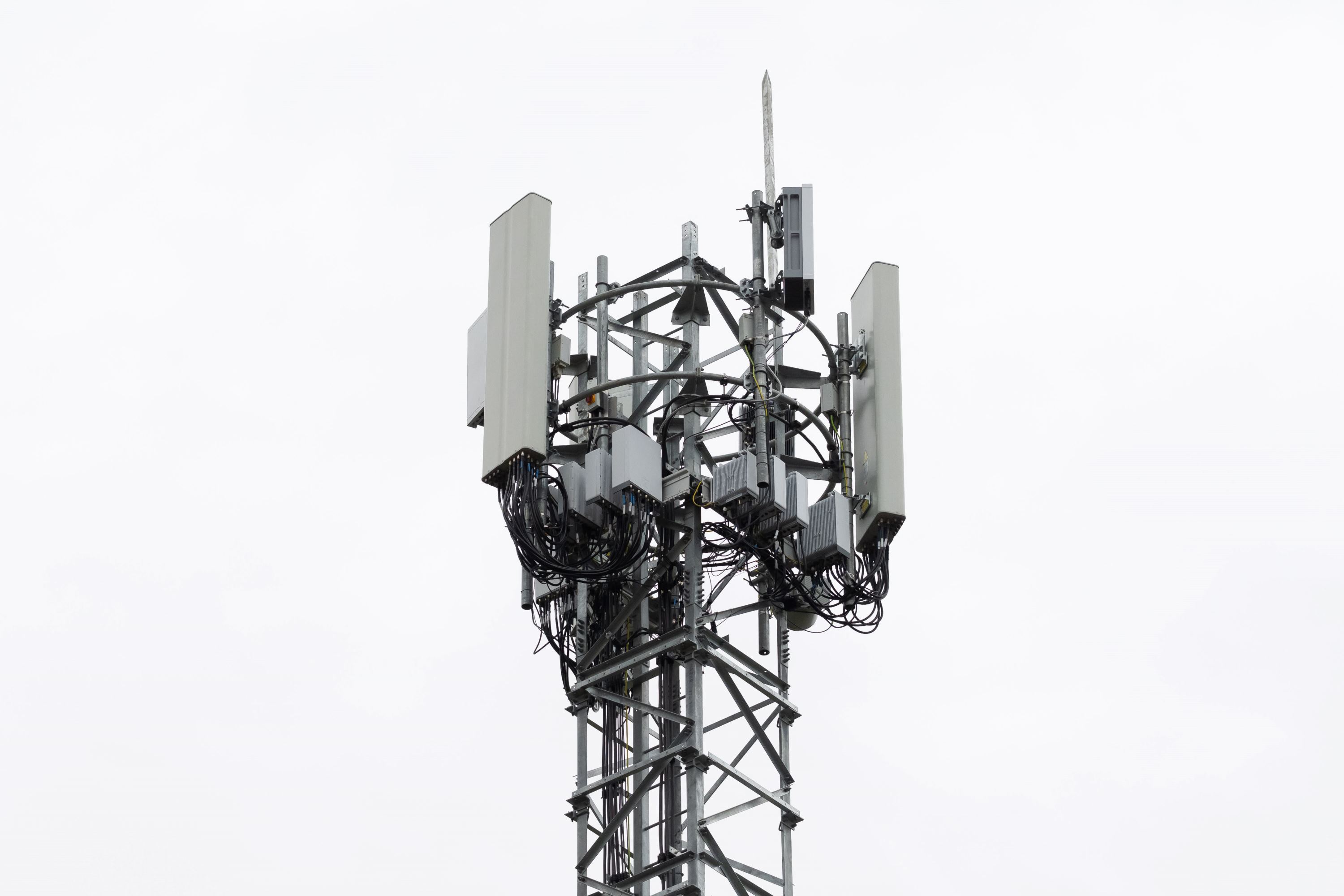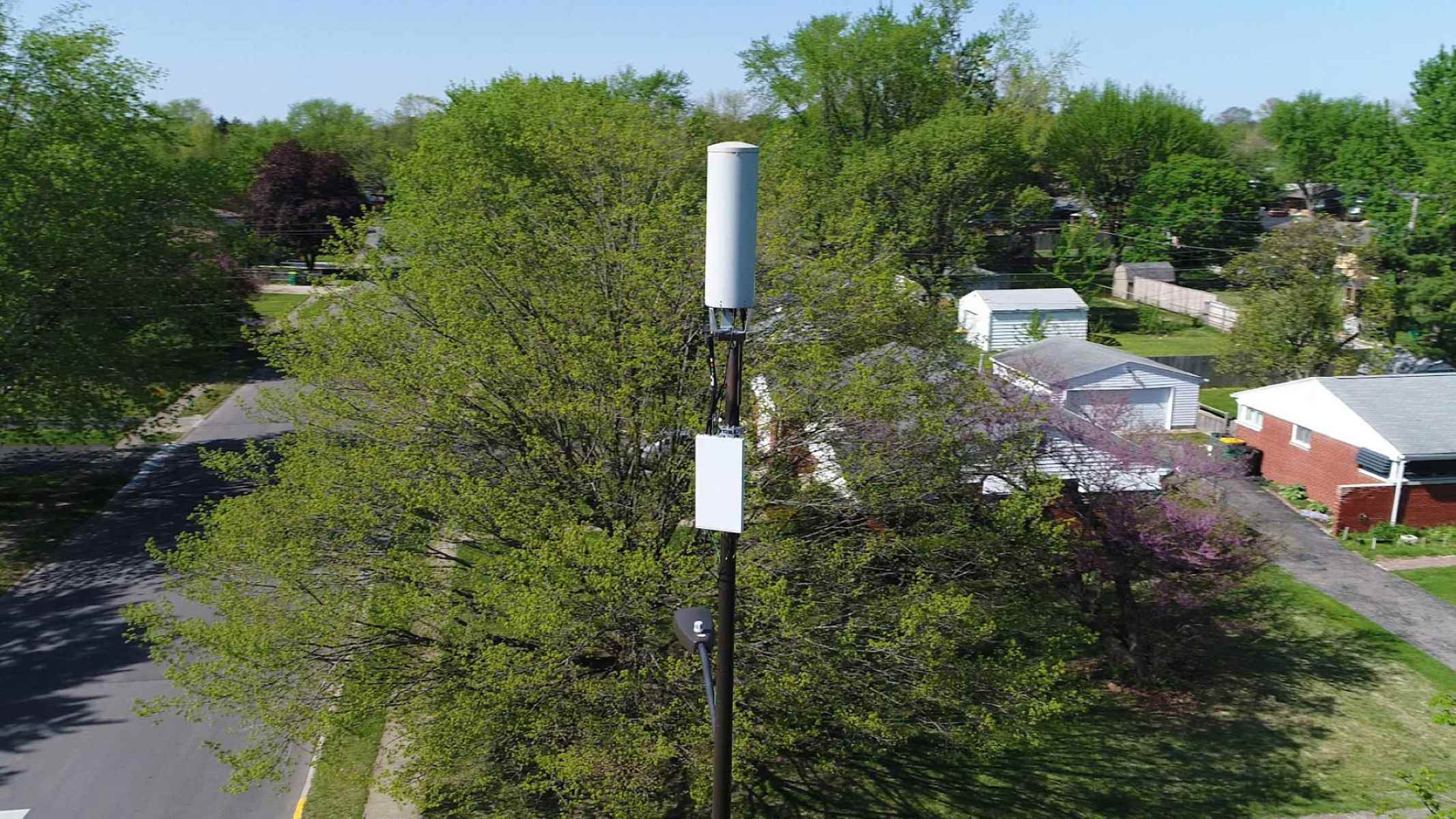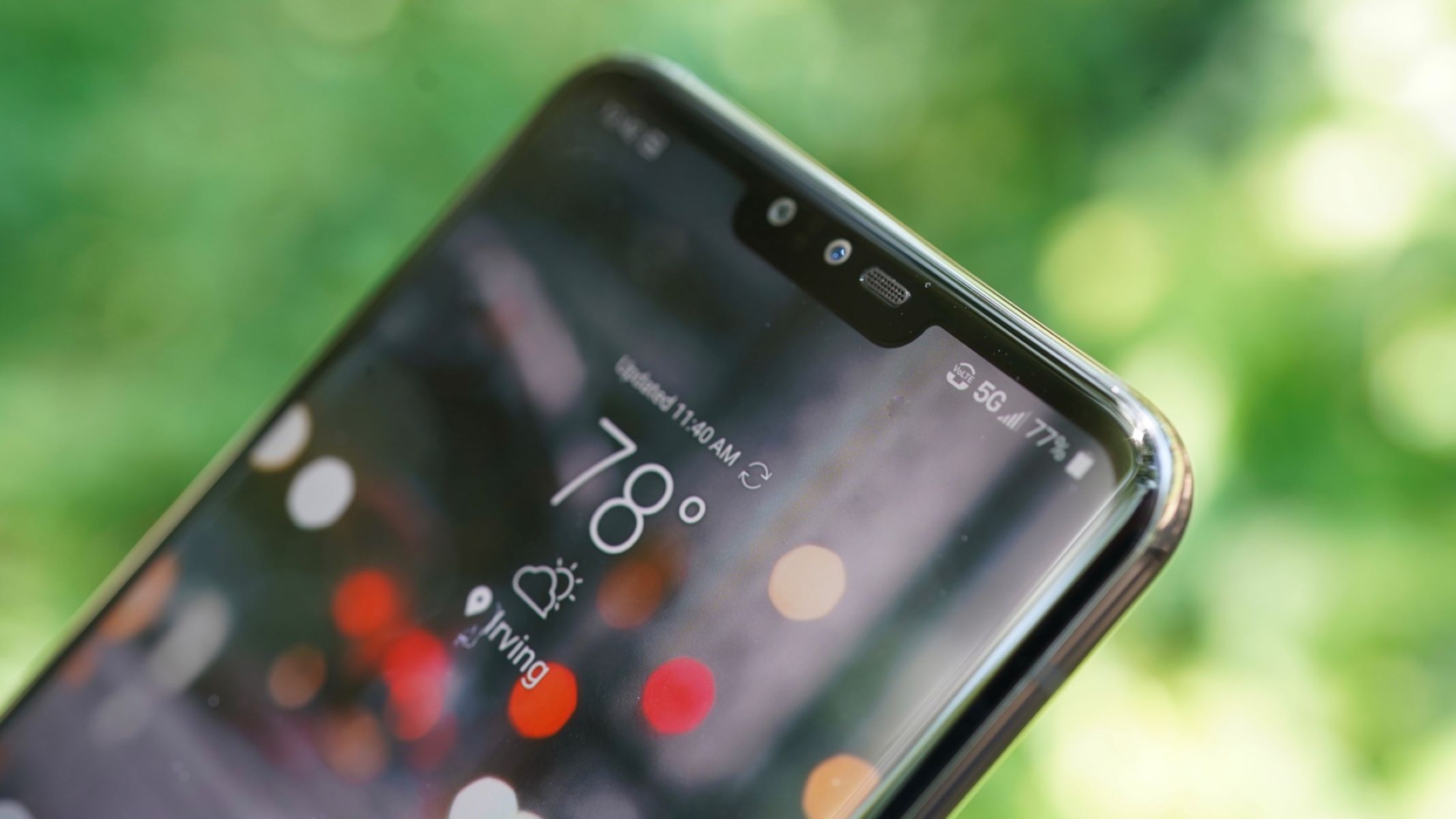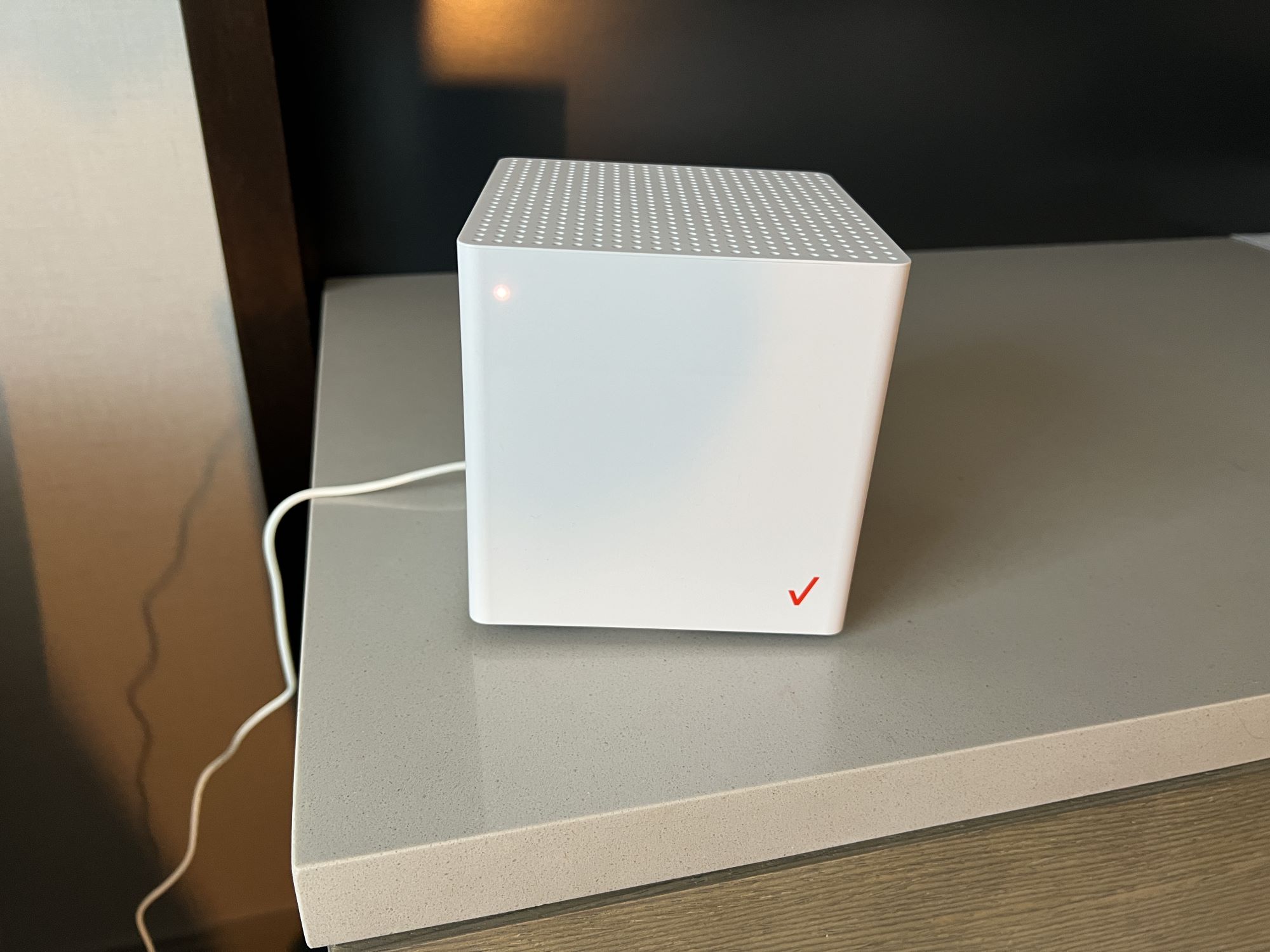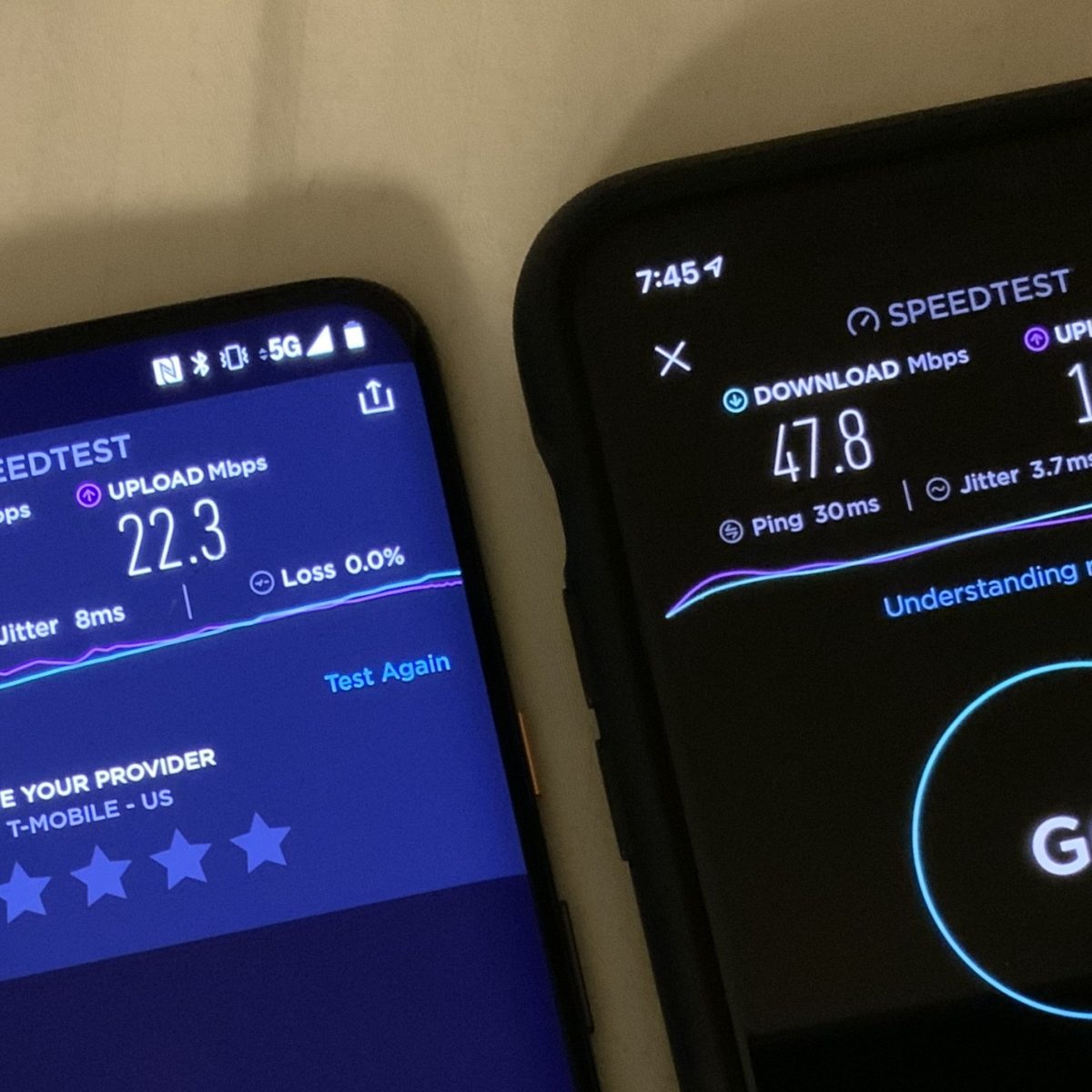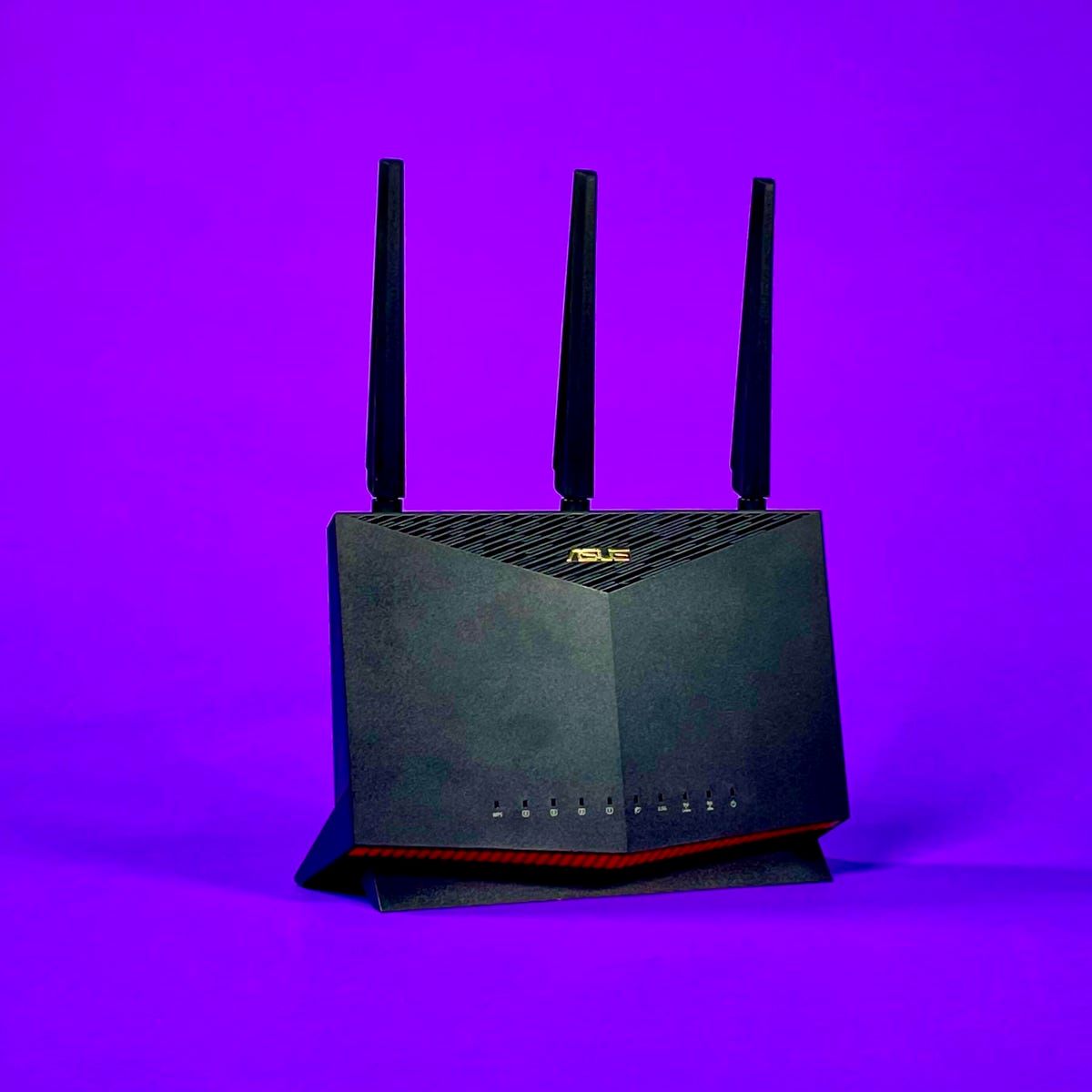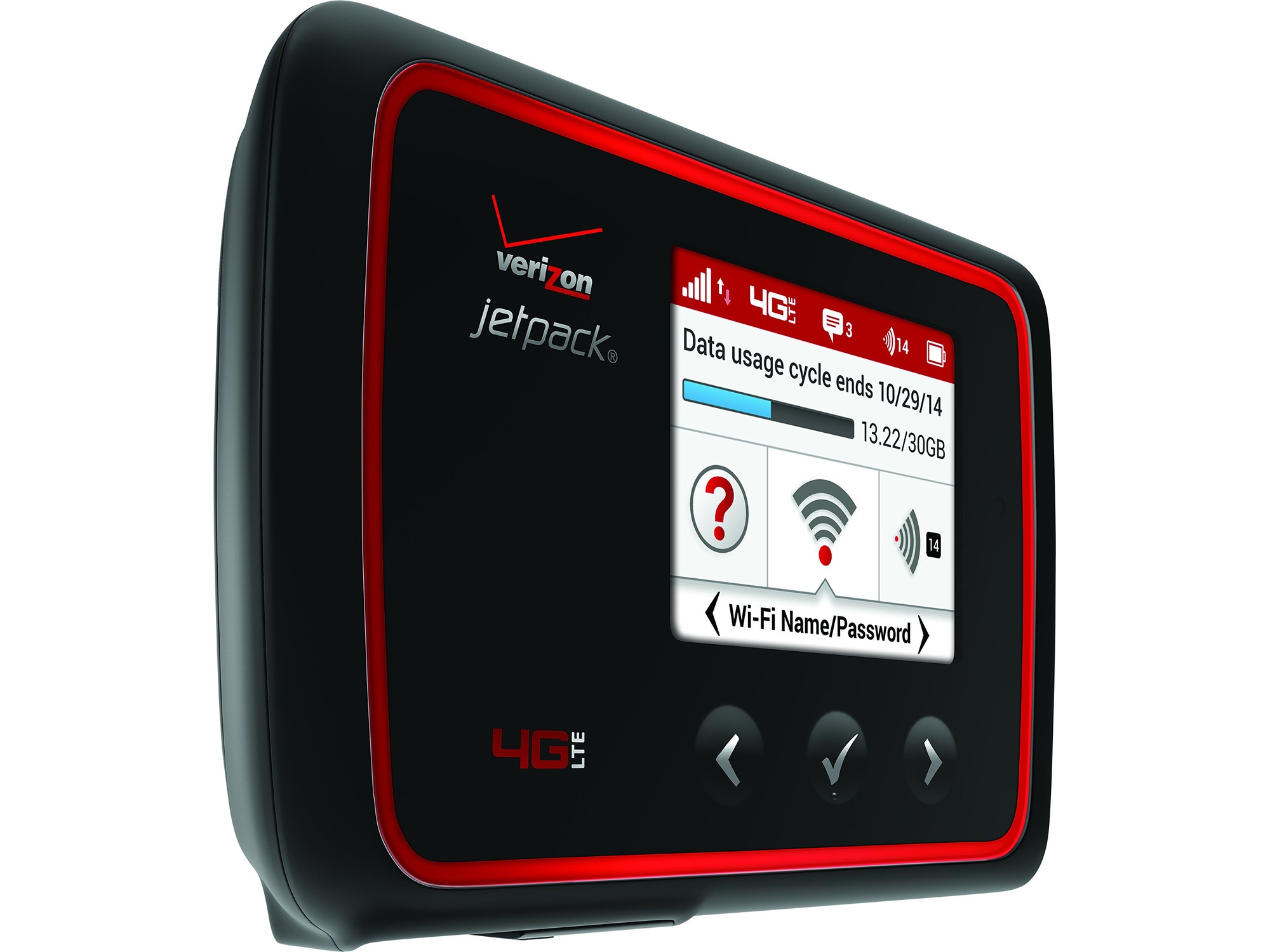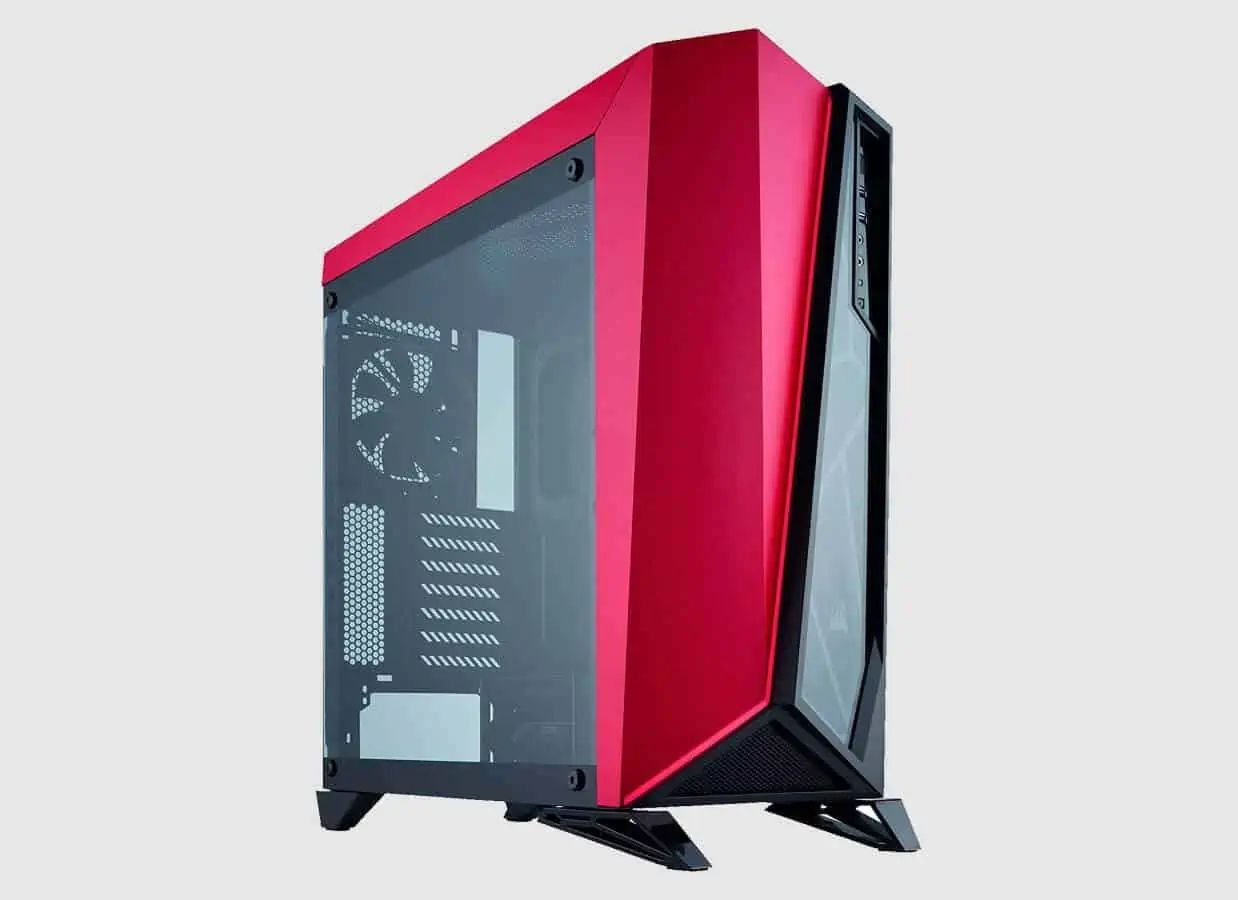Introduction
Welcome to the era of 5G technology, where lightning-fast internet speeds and seamless connectivity are becoming a reality. As the world continues to advance in the digital age, the need for efficient communication networks has never been greater. This is where 5G towers come into play. In this article, we will explore what 5G towers are and why they are crucial for the widespread implementation of this revolutionary technology.
5G stands for the fifth generation of wireless technology, surpassing its predecessors in terms of speed, capacity, and latency. It promises to deliver download speeds up to 20 times faster than 4G, enabling tasks such as high-quality video streaming, augmented reality, and real-time gaming on mobile devices.
The demand for 5G networks is driven by the increasing number of connected devices and the exponential growth in data consumption. With the advent of smart homes, autonomous vehicles, and Internet of Things (IoT) devices, traditional network infrastructures are struggling to keep up with the surge in data traffic. 5G towers offer a solution by providing a robust and reliable network infrastructure that can handle the massive amounts of data generated by these devices.
So, what exactly do 5G towers look like? Unlike the towering structures of traditional cell towers, 5G towers come in various shapes and sizes, depending on their location and purpose. In the following sections, we will explore the different types of 5G towers and their distinct characteristics.
What is 5G?
5G, short for the fifth generation of wireless technology, is a revolutionary development in the field of communications. It is a successor to 4G (LTE) technology, offering significantly faster speeds, lower latency, and enhanced capacity.
With 5G, users can experience download speeds up to 20 gigabits per second, making tasks such as streaming high-definition videos, downloading large files, and playing online games seamlessly possible even in densely populated areas. The low latency of 5G, which refers to the time it takes for data to travel between devices, enables near-instantaneous communication, making it ideal for applications like autonomous vehicles, remote robotics, and virtual reality experiences.
One of the key features of 5G is its ability to connect a massive number of devices simultaneously, thanks to its high capacity. This is crucial in the era of smart homes, smart cities, and the Internet of Things (IoT), where countless devices need to communicate with each other in real-time.
Besides faster speeds and higher capacity, 5G also promises to revolutionize various industries through its reliability and low latency. For example, in the healthcare sector, doctors can perform remote surgeries with the help of robotic arms, utilizing the real-time and lag-free connection provided by 5G networks. In the manufacturing industry, factories can optimize their operations by utilizing IoT devices and real-time analytics to increase efficiency and reduce downtime.
It is worth noting that 5G technology relies on a combination of different spectrums, including low, mid, and high bands. The low band provides broad coverage, while the mid-band offers a balance between coverage and speed. The high band, also known as millimeter wave (mmWave), delivers extremely high speeds but with shorter range. As a result, 5G networks incorporate a mix of these spectrums to ensure a comprehensive coverage area.
Overall, 5G is poised to revolutionize the way we live, work, and communicate. Its faster speeds, lower latency, increased capacity, and ability to connect a plethora of devices simultaneously make it a game-changer in the realm of wireless technology.
Why do we need 5G towers?
In today’s hyper-connected world, where smartphones, tablets, and other wireless devices have become an integral part of our daily lives, the need for faster and more reliable networks has become paramount. Here are some key reasons why we need 5G towers:
1. Faster Speeds: 5G networks promise to deliver blazing-fast download and upload speeds, revolutionizing how we access and consume data. With speeds up to 20 times faster than 4G, we can download movies, stream high-definition content, and transfer large files in seconds. This is particularly beneficial for businesses, industries, and individuals who rely heavily on data-intensive applications and services.
2. Lower Latency: Latency refers to the time it takes for data to travel between devices. 5G technology significantly reduces latency, making real-time communication and interaction possible. This is crucial for applications like autonomous vehicles, remote surgery, and gaming, where even a slight delay can have significant consequences.
3. Increased Capacity: With the proliferation of IoT devices and the exponential growth in data consumption, traditional networks are struggling to handle the sheer volume of traffic. 5G towers offer enhanced capacity, allowing a massive number of devices to connect simultaneously without compromising performance. This is especially important in smart cities and other environments where multiple devices need to communicate with each other in real-time.
4. Support for Emerging Technologies: 5G networks are designed to support emerging technologies such as augmented reality (AR), virtual reality (VR), and the Internet of Things (IoT). These technologies require fast and reliable connections to deliver immersive experiences and enable seamless communication between devices. 5G towers provide the necessary infrastructure to harness the full potential of these transformative technologies and drive innovation across various sectors.
5. Economic Growth and Competitiveness: The deployment of 5G networks and towers can boost economic growth and enhance competitiveness on a global scale. Industries such as healthcare, manufacturing, transportation, and entertainment can leverage the speed, capacity, and low latency of 5G to improve productivity, develop innovative applications, and deliver enhanced services to customers.
With its unparalleled speed, low latency, increased capacity, and support for emerging technologies, 5G is not just an upgrade to existing networks but a transformative force that has the potential to reshape industries and revolutionize the way we live and work.
What do 5G towers look like?
When picturing traditional cell towers, we often imagine tall, freestanding structures with antennas and equipment mounted on top. However, 5G towers can take on various forms, depending on their purpose, location, and design requirements. Here are some common types of 5G towers:
1. Small Cell Towers: Small cell towers are compact installations that are often mounted on existing structures such as utility poles, lamp posts, or building facades. They are designed to provide coverage in densely populated areas where traditional cell towers may not be feasible due to space constraints. Small cell towers are characterized by their low profile and discrete appearance, blending seamlessly into the urban landscape.
2. Macro Cell Towers: Macro cell towers are the larger, more traditional structures that we often associate with cell towers. They are typically found in suburban and rural areas and provide coverage over larger geographic regions. These towers can reach greater heights and accommodate multiple antennas and equipment to support a wider range of frequencies.
3. Distributed Antenna Systems (DAS): DAS is a network of antennas distributed throughout a coverage area to provide improved signal strength and capacity. 5G DAS is typically deployed in large buildings, stadiums, and other venues where a high concentration of users requires robust and reliable connectivity. The antennas used in DAS can be concealed within the building’s infrastructure, making them less noticeable to the eye.
4. Monopoles: Monopoles are tall and slender towers with a single pole structure. They are often used in urban areas where aesthetics play a significant role. Monopoles can be designed to blend in with their surroundings by incorporating architectural elements or disguising themselves as trees or flagpoles.
5. Camouflaged Towers: To mitigate visual impact, some 5G towers are disguised or camouflaged to blend in with their environment. These towers can be made to resemble trees, flagpoles, or even building facades, making them less obvious and more aesthetically pleasing.
It is important to note that the appearance of 5G towers may vary depending on local regulations, zoning restrictions, and the specific requirements of the deployment. The focus is often on minimizing visual impact and integrating the towers seamlessly into the surrounding environment.
As 5G technology continues to evolve, there will likely be ongoing innovation in tower design and implementation. The goal is to strike a balance between providing the necessary infrastructure for robust connectivity while minimizing the visual impact on the landscape.
Small Cell Towers
Small cell towers play a crucial role in the deployment of 5G networks, especially in urban areas where space constraints make it challenging to install traditional macro cell towers. These compact installations are designed to enhance coverage and capacity in densely populated areas, ensuring a seamless and reliable connection for users.
Unlike larger macro cell towers, small cell towers are characterized by their compact size and low profile. They can be mounted on various existing structures such as utility poles, lamp posts, street furniture, or building facades, blending into the urban environment without being obtrusive. This ability to leverage existing infrastructure helps minimize the visual impact and cost of deployment.
Small cell towers are typically equipped with a small antenna and a base station, which serves as the hub for transmitting and receiving signals. These antennas operate on higher frequencies, allowing for faster speeds and increased capacity. By deploying small cell towers in strategic locations, network operators can ensure consistent coverage and mitigate network congestion in areas with high user density.
The advantage of small cell towers lies in their ability to provide targeted coverage and increased network capacity. With their smaller coverage radius, small cell towers can serve a concentrated area, such as a city block or a shopping district, effectively improving signal strength and reducing network congestion.
In addition to their role in 5G network deployment, small cell towers also serve as a foundation for emerging technologies such as the Internet of Things (IoT). With the proliferation of IoT devices embedded in smart homes, businesses, and urban infrastructure, small cell towers facilitate seamless connectivity and enable real-time data transmission, making smart city applications, remote monitoring, and automation possible.
Furthermore, the compact nature of small cell towers makes them more aesthetically appealing and less intrusive compared to larger cell towers. Their ability to blend into the urban environment makes them a more viable solution for network expansion in areas where preserving the visual landscape is a priority.
Deploying small cell towers, however, comes with its challenges. The density of small cell deployments requires careful planning and coordination to ensure optimal coverage while avoiding signal interference. Network operators must work closely with local municipalities to comply with regulations and secure necessary permits for installation.
Overall, small cell towers play a vital role in the advancement of 5G networks, enabling faster speeds, increased capacity, and improved coverage in urban areas. Through their discrete design and targeted deployment, small cell towers pave the way for seamless connectivity and the future of smart cities.
Macro Cell Towers
Macro cell towers are a common sight in suburban and rural areas, providing extensive coverage over larger geographic regions. These towering structures play a crucial role in the deployment of 5G networks, ensuring reliable connectivity for users across a wide area.
Macro cell towers are generally taller and more conspicuous than small cell towers, as they need to reach greater heights to cover a larger radius. They are equipped with multiple antennas and base stations to support a wide range of frequencies and accommodate a higher volume of network traffic.
One of the key advantages of macro cell towers is their ability to provide wide-area coverage. By transmitting signals over long distances, these towers can serve suburban and rural communities that are spread out over a larger geographic area. This makes them essential for providing network connectivity to areas that may not have access to small cell towers due to their density requirements.
In addition to their coverage capability, macro cell towers also offer a larger capacity to handle a higher volume of data traffic. With their multiple antennas and base stations, they can accommodate the concurrent communication needs of a significant number of users. This is especially important in scenarios where large events, such as concerts or sporting events, attract a substantial crowd of people relying on mobile devices.
Due to their taller height and larger size, macro cell towers often have a more noticeable presence in the landscape. Their distinctive antennas and equipment on top make them stand out, especially in areas where there is limited vegetation or taller buildings. However, efforts are being made to improve their visual impact through better design and camouflaging techniques, such as disguising them as trees or flagpoles.
When it comes to 5G deployment, macro cell towers play a critical role in providing the foundational infrastructure to support the network. They serve as the backbone for wide-area coverage and facilitate high-speed connectivity. While small cell towers are essential for denser urban areas, macro cell towers are the backbone of coverage in less densely populated regions.
Despite their size and visibility, macro cell towers are a necessary part of the evolving 5G landscape. They ensure that users in suburban and rural areas can access the benefits of 5G technology, including faster speeds, lower latency, and increased capacity.
As technology advances, macro cell towers continue to evolve as well. Innovations in tower design, such as the integration of advanced antennas and the optimization of tower placement, are being explored to enhance their performance and lessen their visual impact. These advancements aim to strike a balance between providing reliable network connectivity and preserving the aesthetics of the surrounding environment.
DAS (Distributed Antenna Systems)
Distributed Antenna Systems (DAS) are a critical component in the deployment of 5G networks, particularly in large venues and buildings where reliable and high-capacity wireless coverage is essential. DAS provides an effective solution to enhance network connectivity and improve signal strength by distributing antennas strategically throughout a coverage area.
DAS works by connecting a network of antennas to a central hub or base station, which then distributes the wireless signal to different areas within the coverage zone. This distribution of antennas allows for better coverage and capacity, ensuring consistent connectivity even in areas with high user density.
One of the main advantages of DAS is its ability to overcome signal attenuation caused by building materials or environmental obstructions. By strategically placing antennas within the premises, DAS ensures that users have reliable connectivity regardless of their location within the building. This is particularly crucial in large venues such as stadiums, airports, or shopping malls, where traditional cell towers may struggle to provide sufficient coverage due to the presence of thick walls or dense structures.
Furthermore, DAS enables operators to optimize network efficiency by reducing interference and improving signal quality. By distributing antennas throughout the coverage area, DAS can mitigate the effects of signal shadowing and multipath fading, resulting in a more reliable and robust wireless experience.
DAS can be implemented in different forms depending on the specific requirements of the deployment. For instance, passive DAS utilizes cabling to connect remote antennas to a central hub, while active DAS incorporates hardware components such as amplifiers and signal processors to boost and distribute the signal. In either case, the goal is to provide seamless coverage and reliable connectivity.
From a user’s perspective, the presence of DAS means a consistently strong and reliable wireless signal, even in areas with high foot traffic or large crowds. This ensures a seamless user experience, whether it is for making calls, accessing data, or utilizing emerging technologies like augmented reality or virtual reality.
It is worth mentioning that the implementation of DAS requires careful planning and coordination. Network operators work closely with building owners, architects, and engineers to assess the coverage requirements, determine antenna placements, and ensure compliance with local regulations and standards.
Overall, DAS plays a crucial role in the deployment of 5G networks, particularly in large buildings and venues where maintaining reliable wireless connectivity is essential. By distributing antennas strategically and optimizing signal strength and quality, DAS enhances the overall user experience and enables the seamless adoption of 5G technology.
Monopoles
Monopoles are a type of tower commonly used in the construction of 5G networks. These tall, slender structures consist of a single pole and are designed to provide wireless coverage over a wide area while minimizing their visual impact on the surrounding environment.
Due to their sleek design, monopoles are often preferred in urban areas where aesthetics and space restrictions are a concern. They can be integrated into the landscape without disrupting the visual appeal of the area. Monopoles can be customized and designed to resemble trees, flagpoles, or other architectural elements, allowing them to seamlessly blend in with their surroundings.
Besides aesthetics, monopoles offer several practical advantages in the deployment of 5G networks. One key advantage is their ability to support multiple antennas and equipment at varied heights. This versatility allows for better signal propagation and coverage, ensuring reliable connectivity for users within the tower’s range.
In addition to their flexibility in supporting multiple antennas, monopoles can also be optimized for specific frequency bands and technical requirements. This allows network operators to tailor the tower’s design and equipment to meet the precise needs of the 5G network, improving efficiency and performance.
Another benefit of monopoles is their relatively small footprint compared to traditional lattice or guyed towers. This makes them an ideal choice for urban areas where available space is limited. Monopoles require less ground area and can be installed in compact locations, such as rooftops or smaller parcels of land, without compromising their functionality or coverage capabilities.
Monopoles are not only used for wireless communication purposes but can also serve as structural support for other equipment. For example, they can be utilized to mount surveillance cameras, lighting systems, or environmental monitoring devices, providing a multi-functional solution.
While monopoles offer many advantages, their limitations include the height restrictions imposed by local zoning regulations and aviation safety standards. These restrictions aim to ensure that the monopoles do not pose hazards to aircraft or disrupt the overall visual landscape excessively.
Overall, monopoles are an attractive option for 5G network deployment in urban areas, striking a balance between functionality, aesthetics, and space efficiency. Through their customizable design, they can be seamlessly integrated into the urban landscape while providing reliable wireless coverage, making them an essential component of the evolving 5G infrastructure.
Camouflaged Towers
In the pursuit of minimizing the visual impact of cell towers, camouflaged towers have emerged as an innovative solution in the deployment of 5G networks. These towers are designed to blend seamlessly into their surroundings, taking on the appearance of common objects or natural elements, while still providing the necessary infrastructure for wireless communication.
The idea behind camouflaged towers is to make the towers less noticeable and more aesthetically pleasing, particularly in areas where preserving the visual landscape is a priority. By disguising themselves as trees, flagpoles, signs, or even building facades, these towers maintain functionality while minimizing their impact on the surrounding environment.
Camouflaged towers can be constructed in various ways, depending on the visual requirements and the specific needs of the deployment. They can be made of materials that closely mimic the texture and color of the objects they are imitating, such as fiberglass or synthetic bark for tree-like towers.
The primary advantage of camouflaged towers lies in their ability to provide reliable wireless coverage without compromising the aesthetics of the area. By blending in with the natural or architectural elements, these towers reduce visual clutter and create a more visually appealing environment.
One common application of camouflaged towers is in suburban or residential areas where residents may prefer a landscape that is free from traditional cell towers. By disguising the towers as trees, they can seamlessly integrate into parks, residential neighborhoods, or other green spaces without drawing attention.
Camouflaged towers are also used in urban areas where preserving the historical or architectural integrity of the surroundings is crucial. By mimicking building facades or architectural features, the towers can hide in plain sight, ensuring unobtrusive connectivity while maintaining the character of the area.
It’s important to note that while camouflaged towers are effective in minimizing the visual impact, they still adhere to regulatory and safety standards. The towers must meet the necessary structural requirements and maintain a safe operating environment for wireless signals.
The deployment of camouflaged towers requires careful planning and coordination with local authorities and stakeholders. Factors such as location, aesthetic considerations, and the surrounding landscape need to be evaluated to determine the most suitable design and placement for these towers.
Camouflaged towers offer an innovative approach to 5G network deployment by combining functionality with environmental aesthetics. With their ability to blend into natural and built environments, camouflaged towers provide an effective solution to the visual challenges associated with traditional cell towers, making them an attractive option for ensuring reliable connectivity while preserving the visual harmony of the surroundings.
Conclusion
The advent of 5G technology has brought with it the need for efficient and visually appealing infrastructure to support the widespread implementation of this revolutionary wireless network. 5G towers come in various forms, each serving a unique purpose in delivering faster speeds, lower latency, increased capacity, and reliable connectivity.
Small cell towers are compact installations that enhance coverage and capacity in densely populated areas, while macro cell towers provide wide-area connectivity in suburban and rural regions. Distributed Antenna Systems (DAS) ensure consistent coverage in large buildings and venues, and monopoles offer an aesthetically pleasing option for urban areas. Camouflaged towers blend seamlessly into the environment, minimizing their visual impact while maintaining functionality.
These different types of 5G towers work together to create a robust network infrastructure that supports the ever-increasing demand for faster and more reliable wireless connectivity. From urban centers to rural communities, from smart homes to large venues, the deployment of 5G towers ensures that users can access the full potential of 5G technology, enabling real-time communication, seamless data transfer, and the integration of emerging technologies.
As 5G continues to evolve and expand, there will be ongoing innovations in tower design and deployment strategies. The focus will remain on balancing functionality with aesthetics and minimizing the visual impact of these towers on the surrounding environment.
With the implementation of 5G towers, the world is set to experience a new level of connectivity and technological advancement. Whether it’s streaming high-definition videos, utilizing IoT devices, or embracing emerging technologies like augmented reality and virtual reality, 5G towers will play a pivotal role in shaping the future of communication and empowering a digitally connected society.







